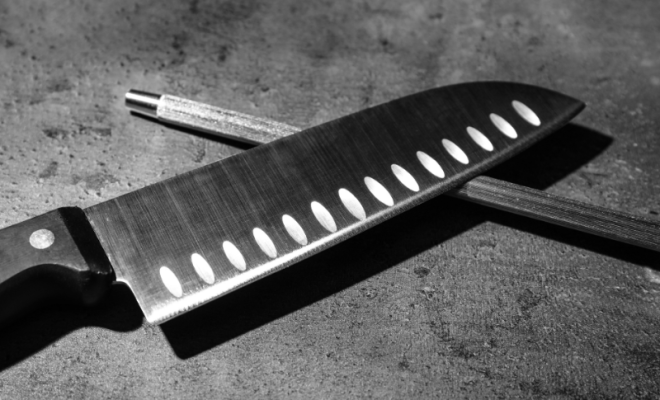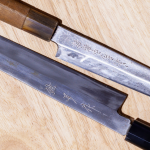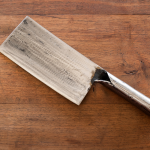A Santoku knife, with its unique design and versatile use, is a prized possession in any kitchen. Originating from Japan, these knives are known for their precision and durability. However, to maintain these qualities, proper care and maintenance are essential. This guide provides practical tips and techniques for preserving your Santoku knife, ensuring it remains a reliable culinary companion for years to come.
Regular Cleaning
Immediate Cleaning: Always clean your Santoku knife immediately after use. This prevents food particles and acids from damaging the blade.
Hand Wash: Use warm, soapy water and a soft sponge to gently clean the knife. Avoid using abrasive materials that can scratch the blade.
Thorough Rinsing: Rinse the knife under running water to remove soap and debris. Be cautious of the sharp edge while doing so.
Dry Immediately: Use a soft towel to dry the knife thoroughly. Water left on the blade can cause rust and corrosion, especially if the knife is made of high-carbon steel.
Honing and Sharpening
Regular Honing: Use a honing rod regularly to maintain the knife’s edge. This doesn’t sharpen the knife but realigns the edge, keeping it sharp.
Professional Sharpening: Depending on use, sharpen your Santoku knife once or twice a year. It’s best to have it sharpened by a professional or use a whetstone if you are skilled in sharpening knives.
Storage
Knife Block or Magnetic Strip: Store your Santoku knife in a knife block or on a magnetic strip. This prevents the blade from coming into contact with other utensils, which can dull the edge.
Avoid Loose Storage: Never store your knife loosely in a drawer where it can get banged around, as this can damage the blade.
Handling and Usage
Proper Cutting Surface: Use a wooden or plastic cutting board. Hard surfaces like glass or stone can dull the knife’s edge quickly.
Avoid Bone and Frozen Foods: The Santoku knife is not designed for cutting through bone or frozen foods. Doing so can damage the blade.
Preventing Rust and Corrosion
Oil the Blade: For high carbon steel blades, occasionally oil the blade with a food-grade mineral oil to prevent rust.
Avoid Acidic Foods: Prolonged contact with acidic foods can damage the blade. Clean the knife immediately after cutting such foods.
Conclusion
Proper maintenance of your Santoku knife not only preserves its cutting efficiency but also extends its lifespan. By following these simple yet effective care techniques, your Santoku knife will continue to be an indispensable tool in your culinary arsenal. Remember, a well-maintained knife is a chef’s best friend.








